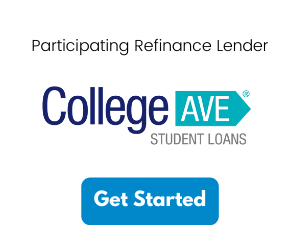If a student was unable to complete their educational program because of the closure of the school where they were enrolled, the student’s federal student loans (including any Parent PLUS Loans borrowed by the student’s parents on his or her behalf) may be eligible for a closed school discharge.
For a federal student loan to be eligible for a closed school discharge, the loans must have been made on or after January 1, 1986 and the student must have been unable to complete their education because the school closed while the student was enrolled or the student withdrew from the school no more than 120 days before the school closed. If the student is completing a similar program at another school (e.g., through a teach-out or through transferred credits), the federal student loans are not eligible for a closed school discharge.
Borrowers may apply for a closed school discharge by filing the Loan Discharge Application: School Closure form.
A list of closed schools is available on the U.S. Department of Education website in Microsoft Excel format in the Closed School Search File.
Borrowers who receive a closed school discharge are eligible for reimbursement of amounts paid previously on the discharged federal student loans.
Borrowers who receive a closed school discharge must cooperate with the U.S. Department of Education in enforcement actions brought by the U.S. Department of Education to recover the amounts discharged. Borrowers must also transfer to the U.S. Department of Education the borrower’s right of recovery against third parties, such as the owners of the closed school.
Students who are ineligible for a closed school discharge may be able to get compensation from a state tuition recovery program or performance bond. If the school filed for bankruptcy, the student may be able to file a claim in the bankruptcy proceedings as an unsecured creditor.











